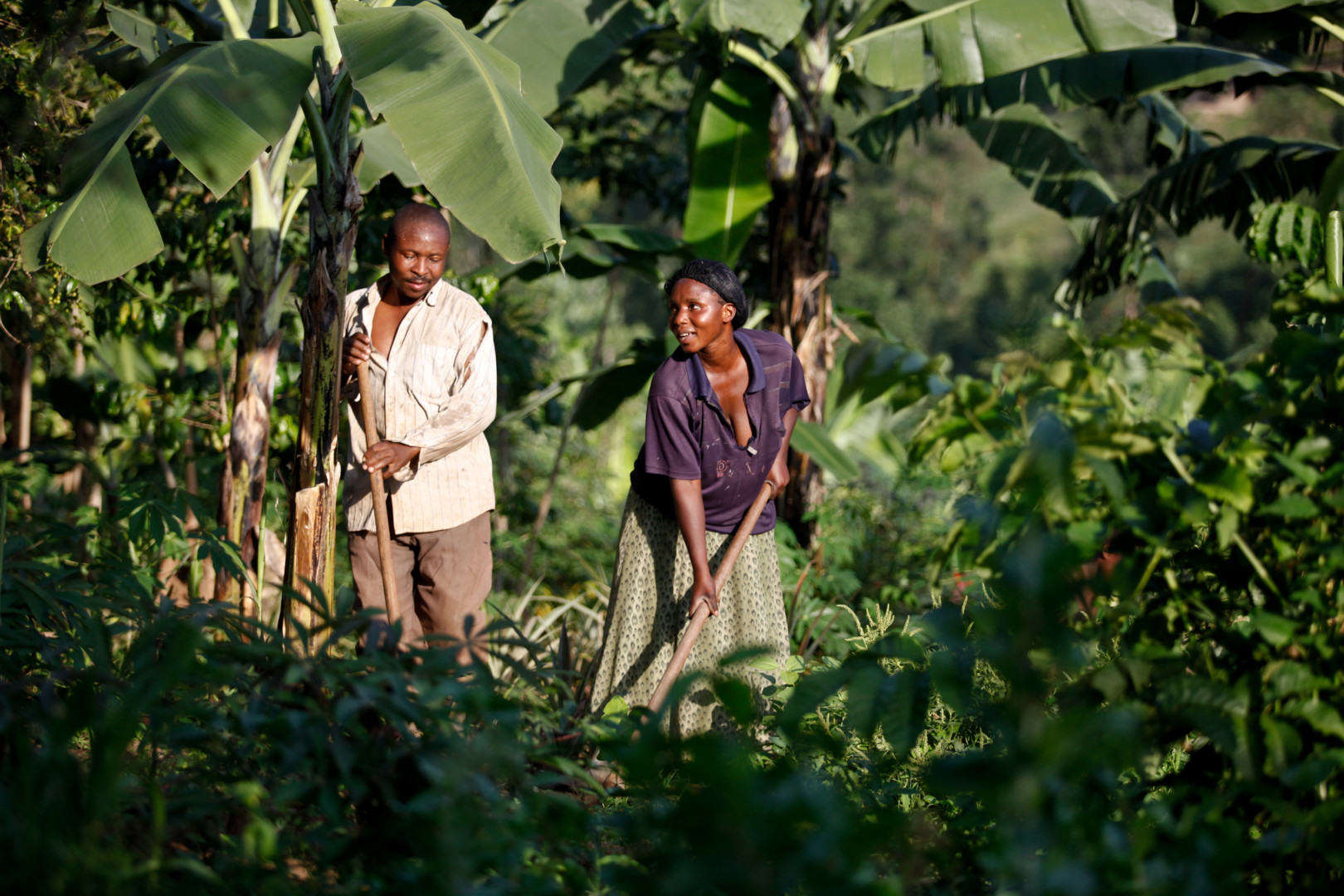Sustainable Rural Development: Nurturing Thriving Communities for the Future. Sustainable rural development stands as a cornerstone for fostering resilient communities, ensuring economic prosperity, and preserving environmental integrity. As our world continues to face pressing challenges such as climate change, resource depletion, and rapid urbanization, the importance of prioritizing sustainable practices in rural areas cannot be overstated. This article delves into the significance of sustainable rural development, its key principles, challenges, and innovative solutions aimed at nurturing thriving rural communities for generations to come.
Understanding Sustainable Rural Development
Sustainable rural development encompasses a holistic approach to improving the quality of life in rural areas while safeguarding natural resources and ecosystems. Unlike traditional models of development that focus solely on economic growth, sustainable rural development emphasizes social equity, environmental conservation, and long-term viability. It recognizes the interconnectedness between human well-being and ecological health, advocating for strategies that balance economic prosperity with environmental stewardship and social inclusion.
Key Principles of Sustainable Rural Development
1. Environmental Conservation
Preserving biodiversity, protecting natural habitats, and promoting sustainable land management practices are essential for maintaining ecosystem resilience and mitigating the impacts of climate change.
2. Economic Diversification
Encouraging diverse economic activities such as agriculture, tourism, renewable energy, and small-scale industries fosters resilience to market fluctuations and creates employment opportunities for rural residents.
3. Social Inclusion
Ensuring equal access to essential services, such as healthcare, education, and infrastructure, promotes social cohesion and empowers marginalized groups, including women, indigenous peoples, and smallholder farmers.
4. Participatory Decision-Making
Engaging local communities in the planning and implementation of development projects fosters ownership, builds trust, and enhances the effectiveness of interventions tailored to local needs and priorities.
Challenges Facing Sustainable Rural Development
Despite its inherent benefits, sustainable rural development faces numerous challenges that hinder its widespread adoption and implementation:
1. Limited Access to Resources
Rural communities often lack access to essential resources such as capital, technology, and infrastructure, constraining their ability to adopt sustainable practices and improve livelihoods.
2. Market Access and Value Chains
Weak market linkages and inadequate infrastructure pose barriers to accessing markets and obtaining fair prices for rural products, undermining the economic viability of smallholder farmers and rural enterprises.
3. Environmental Degradation
Unsustainable agricultural practices, deforestation, and pollution degrade natural ecosystems, threaten biodiversity, and exacerbate the vulnerability of rural communities to climate-related hazards.
4. Social Inequality and Marginalization
Persistent disparities in access to resources, services, and opportunities perpetuate social exclusion and hinder efforts to achieve equitable and inclusive development in rural areas.
Innovative Solutions for Sustainable Rural Development
Addressing the challenges of sustainable rural development requires innovative approaches and partnerships across sectors. Some promising solutions include:
1. Agroecology and Sustainable Farming Practices
Promoting agroecological approaches such as organic farming, agroforestry, and conservation agriculture enhances soil fertility, increases resilience to climate change, and improves livelihoods for smallholder farmers.
2. Renewable Energy and Clean Technologies
Investing in renewable energy sources such as solar, wind, and biomass reduces reliance on fossil fuels, lowers energy costs, and creates opportunities for decentralized energy generation in rural areas.
3. Digital Innovation and Rural Connectivity
Leveraging digital technologies such as mobile phones, internet connectivity, and e-commerce platforms improves access to markets, financial services, and information for rural entrepreneurs and farmers.
4. Community-Based Natural Resource Management
Empowering local communities to manage and conserve natural resources through participatory approaches promotes sustainable use, enhances ecosystem services, and strengthens community resilience to environmental change.
Case Studies in Sustainable Rural Development
1. Sustainable Agriculture in Costa Rica
The Costa Rican government has implemented policies to promote sustainable agriculture, including payments for ecosystem services and agroforestry programs, leading to improved soil health, increased biodiversity, and enhanced livelihoods for rural communities.
2. Off-Grid Solar Solutions in Sub-Saharan Africa
Companies like M-KOPA Solar and d.light design provide off-grid solar solutions to rural households in Sub-Saharan Africa, offering affordable, clean energy alternatives and improving living standards in off-grid communities.
3. Community-Based Ecotourism in Nepal
The Annapurna Conservation Area Project (ACAP) in Nepal supports community-based ecotourism initiatives, generating income for rural communities while conserving biodiversity and cultural heritage in the Himalayan region.
Conclusion
Sustainable rural development holds the key to building resilient, inclusive, and prosperous communities in rural areas worldwide. By embracing principles of environmental stewardship, economic diversification, social inclusion, and participatory decision-making, we can overcome the challenges facing rural development and unlock the potential of rural communities to thrive sustainably in the face of global change. Through innovative solutions, partnerships, and concerted efforts at local, national, and international levels, we can pave the way for a more equitable and sustainable future for all.
